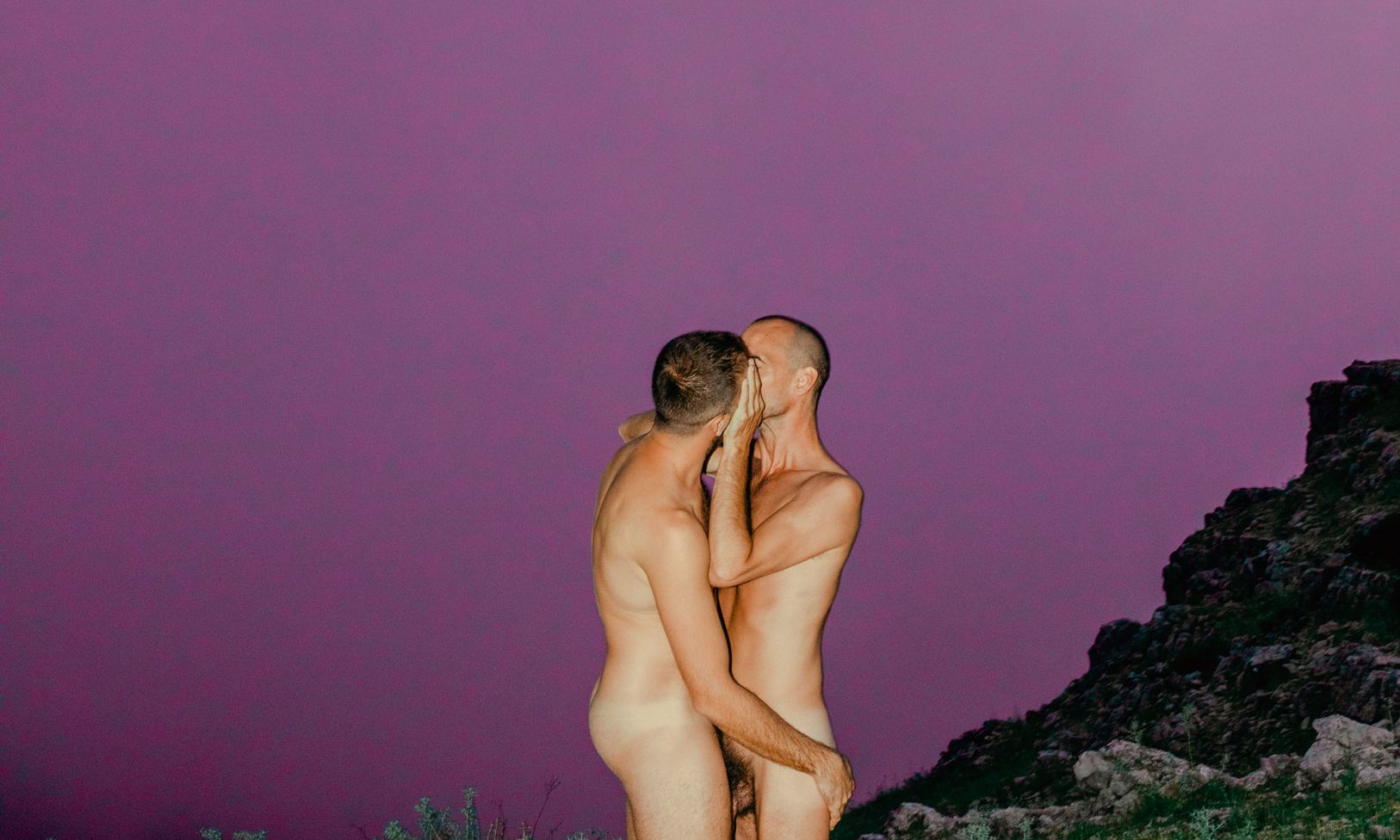Myriam Boulos's Lebanon, Beirut, on the 5th of September 2019 from the series What’s ours is featured in Night Fever: Film and Photography After Dark © Myriam Boulos
More than 40 scholars, artists and curators go under cover of darkness for this analysis, exploring how artists, film-makers and photographers tackle nighttime as a subject. Jhaveri, the book’s editor and head of visual arts at the Barbican in London, says that the publication reflects “how the experience of the night can be represented and communicated and translated”. Tenebrous images by the Indian photographer Dhruv Malhotra show people bedding down after the sun sets in Noida, a New Delhi district, while the US artist Ming Smith captures the pop star Grace Jones performing at New York’s Studio 54 club in 1978. Other artists featured include David Goldblatt, Dayanita Singh, Gaspar Noé, Apichatpong Weerasethakul, Derek Jarman, Kenneth Anger and Chantal Akerman.
The Andy Warhol art machine rolls on with the publication of the latest volume of the Pop artist’s catalogue raisonné, the last of four volumes dedicated to Warhol’s works of the 1970s (the tome is the third to document the paintings that Warhol produced at 860 Broadway, the studio he ran until 1983). The volume includes 741 paintings and sculptures, including Shadows (1978-79)—one of Warhol’s most celebrated abstract works—and the Retrospective series (1978), which includes the famous Electric Chair screenprint. Other key works featured include Warhol’s headline-hitting BMW Art Car (BMW M1, 1979) and his famous, epoch-defining portraits of celebrities such as Liza Minnelli (1978).
Queer theory is currently a publishing trend, covering areas such as trans history, queer photography culture and the places that shaped LGBTQ+ pioneers. In this overview, Gemma Rolls-Bentley “mixes the high-brow with the low, blue-chip artists with Instagram creatives, and the racy with the fabulous”, according to a publisher’s statement. Artists featured include Nina Chanel Abney, Leilah Babirye, Elmgreen & Dragset, Amy Sherald and Paul Mpagi Sepuya. Rolls-Bentley adds: “Two years in the making, my book investigates the role of queer art today and acknowledges the history-defining impact of our communities in the cultural landscape.”
Hauser & Wirth inaugurates its new gallery in Basel this month with an unusual choice of artist— Vilhelm Hammershøi, the 19th-century Danish painter who was heavily influenced by the Old Masters. The exhibition and accompanying catalogue focus on 16 works made between 1883 and 1914, including Landscape, Gentofte (1903). The German art historian Florian Illies writes in the catalogue: “[Hammershøi] anticipated the atmosphere of René Magritte’s mysterious interiors as well as Oscar Schlemmer’s chiselled back views. The magic of the forlornness in pictures by Andrew Wyeth or Edward Hopper, too, seems to derive from Hammershøi’s works, even if these artists can hardly have known him.”

